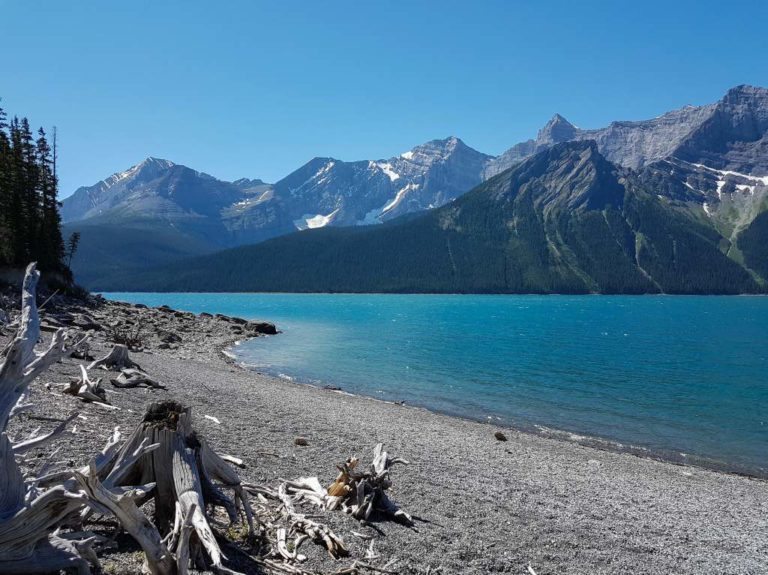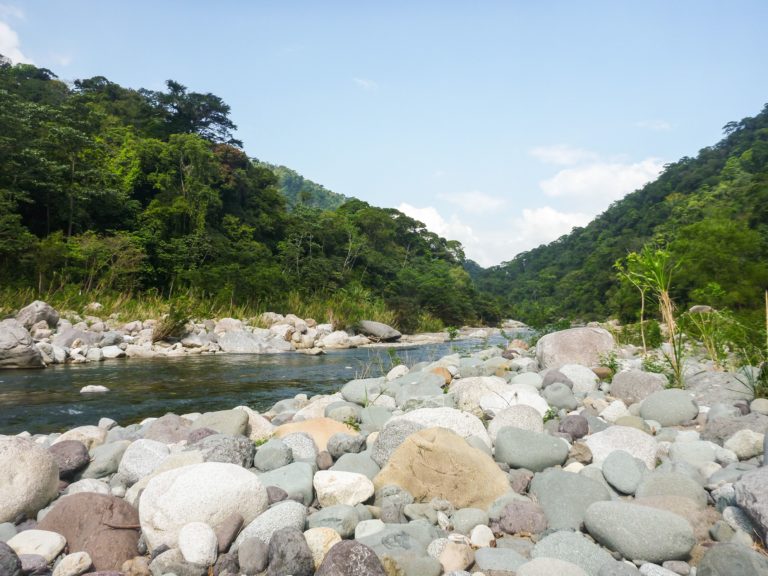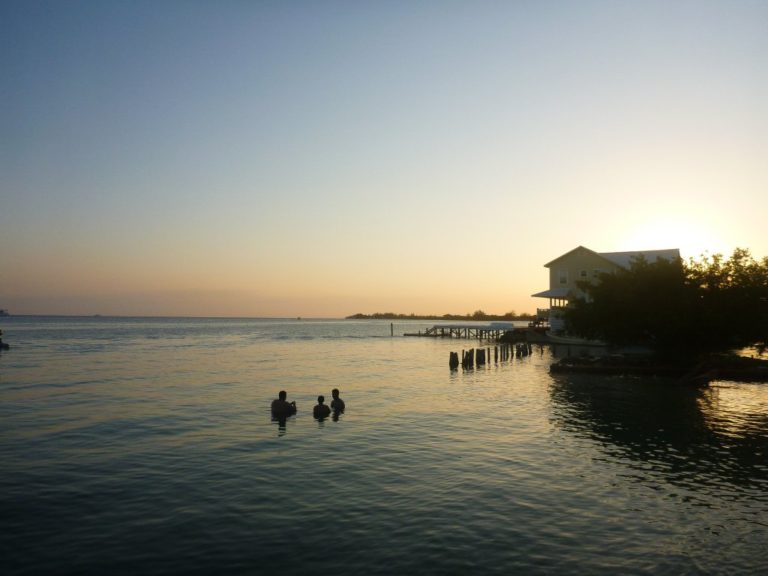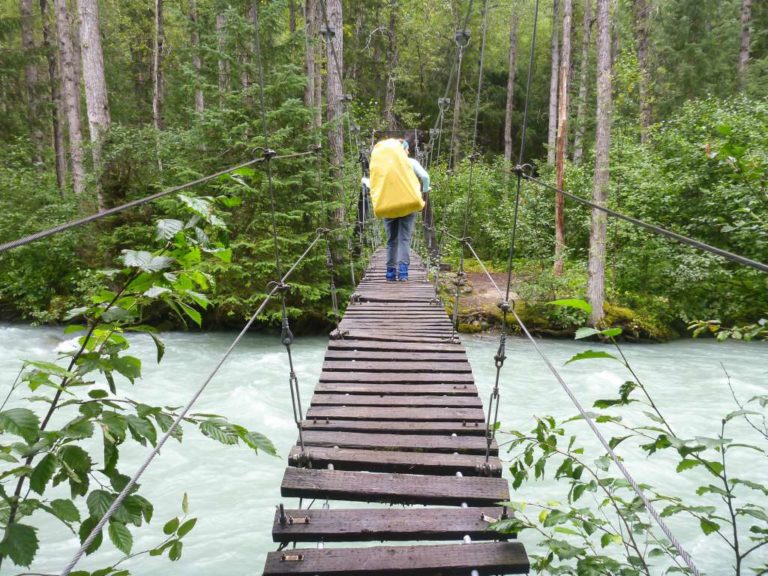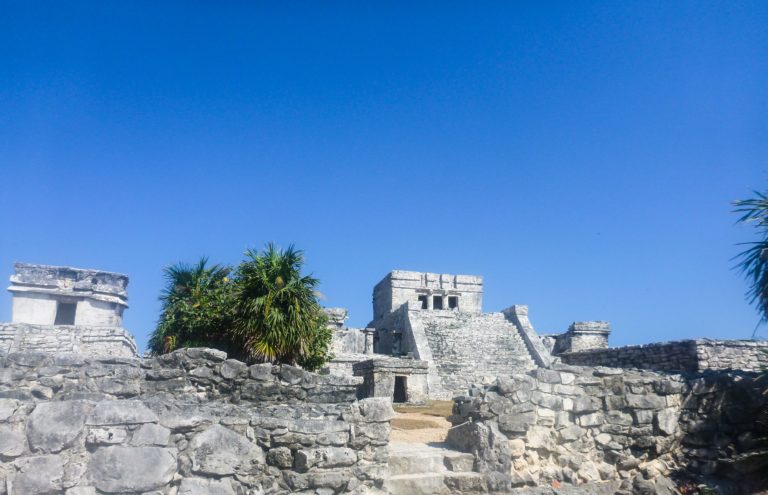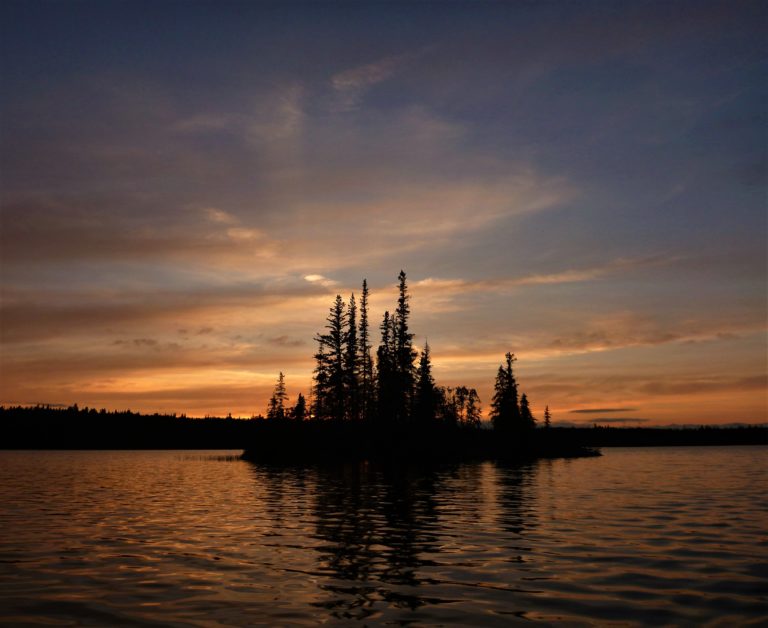HIKING THE CHILKOOT TRAIL – RESOURCES
This post may include affiliate links. As an Amazon Associate I earn from qualifying purchases. Find more info in my privacy policy.
Are you thinking of hiking the Chilkoot Trail? Or in the process of planning and preparing for a Chilkoot Trail hike? Well, you’ve come to the right place! After hours spent doing endless searches while planning for our own trip, I thought I’d compile the most useful links and resources I found to help others save time, energy, and overwhelm during the planning stage.
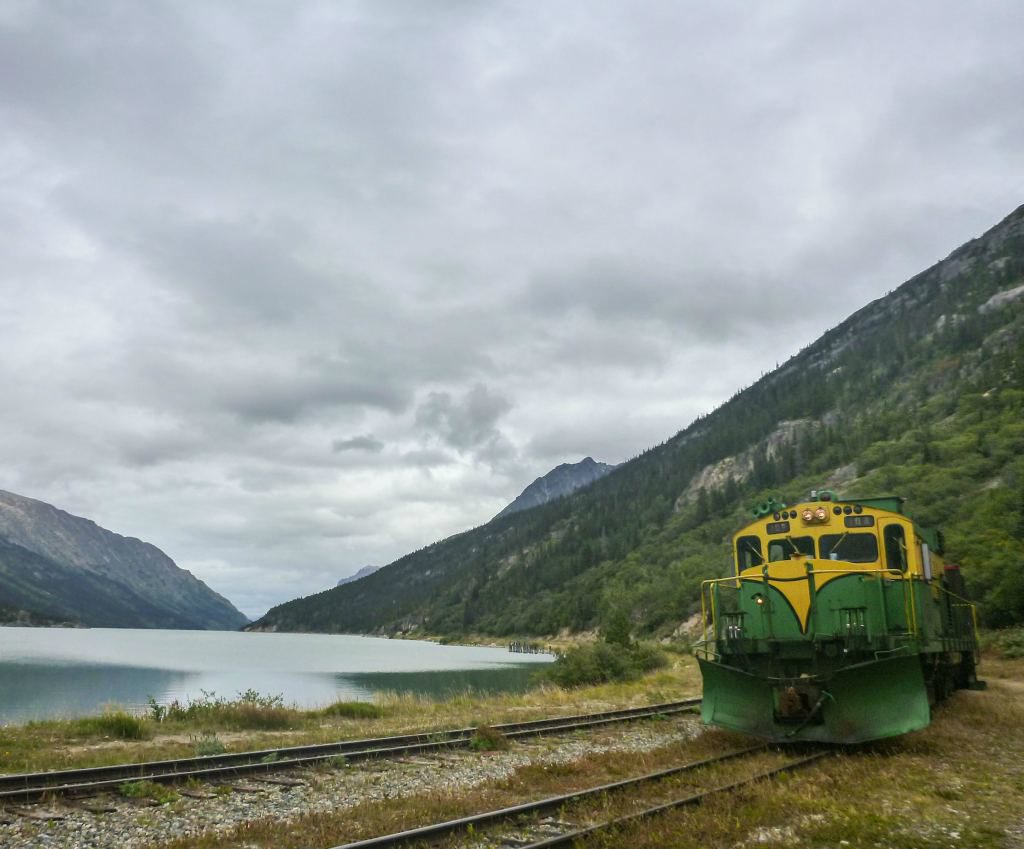
General Information:
Find information about permits, campsites, and what to expect on the Chilkoot Trail at the official national parks sites of both the U.S. and Canada:
Inga’s Adventures also has a very useful information page about hiking the trail.
And be sure to join the Chilkoot Trail and Yukon River Travel Facebook group, where people who have hiked the trail can answer all of your questions.
Transportation:
For getting to/from the trailhead contact Anne of Dyea-Chilkoot Trail Transport:
- you can call her at +1 907-612-8024
- or you can find her on her Facebook page
For transportation at the end of the hike, you can depart Bennett either by train or floatplane:
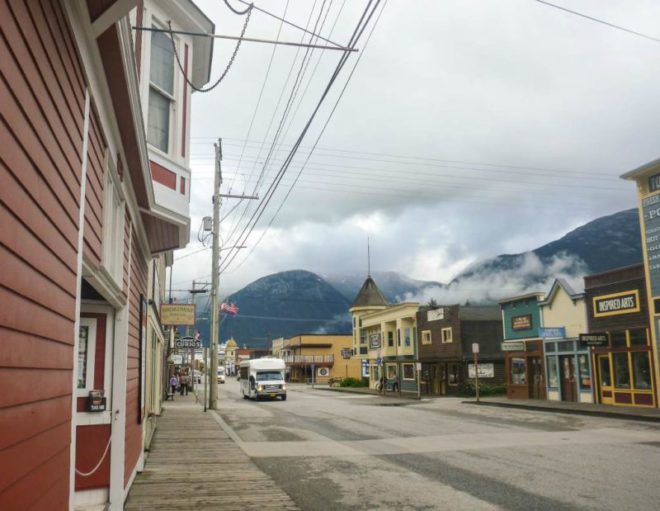
Services in Skagway:
Most hikers complete the trail going from Dyea, Alaska to Bennett, B.C. (though it is possible to do it in reverse). This means you’ll most likely be spending time in Skagway prior to your departure on the trail. The following is not an exhaustive list but includes places we either used ourselves or had recommended to us by others.
Accommodation:
- The Swaying Spruce – this is where we stayed both before and after the hike. Jesse and Kendra were very welcoming and accommodating hosts. I highly recommend staying here.
- Sgt. Preston’s Lodge – located right in Skagway, it’s a popular option
- Chilkoot Trail Outpost – located just a half mile from the trailhead this is a great option for hikers
- The Historic Skagway Inn – also located right in Skagway, and has an interesting history
Restaurants:
- The Red Onion Saloon – good pizza and a fun atmosphere
- The Skagway Brewing Co. – where we had our celebratory beers and burgers following our hike
- Skagway Fish Co. – came highly recommended, though unfortunately we didn’t have a chance to try it out
- Bites on Broadway – delicious build-your-own breakfast sandwiches and a full coffee menu, a great place to fuel up before heading out on the trail
- Bombay Curry – for Indian cuisine
Groceries:
We found Fairway Market to have a good selection when we were there; though options may be limited depending on the day, as the supply barges come only once/week. I wouldn’t recommend relying on the stores in Skagway to stock you for your hike (make sure to bring essential items with you), but they are handy for last-minute add-ons or filling in things you weren’t able to bring.
Gear:
For last minute gear needs, rental equipment, or bear spray:
- The Mountain Shop – we rented our campstove here and found them to be very helpful
- Duff’s Backcountry Outfitters – good selection of clothing and gear if you need to pick up any last minute items
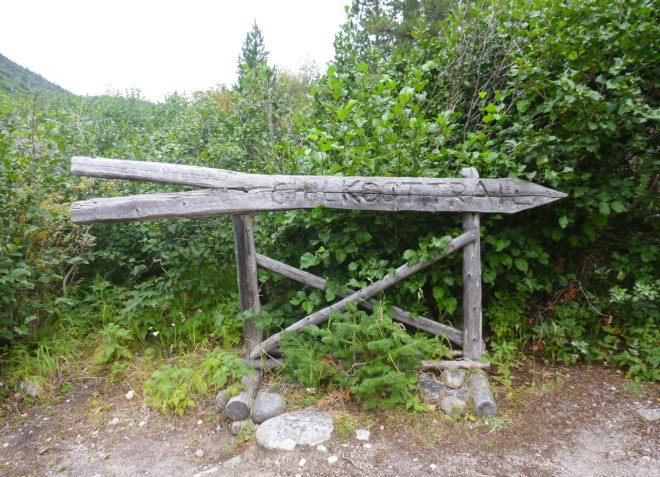
History and Reading:
For a historical perspective of the trail before, during, and after the Gold Rush check out David Neufeld and Frank Norris’ Chilkoot Trail:Heritage Route to the Klondike.
For accounts of the trail from a hiker’s perspective:
Archie Satterfield’s Chilkoot Pass: The Most Famous Trail in the North.
Frances Backhouse’s Hiking with Ghosts: The Chilkoot Trail, Then and Now.
Bernadette Costa’s My Alaska Klondike Adventure Along the Chilkoot Trail.
Maps:
We found that we never even used a map while out on the trail. The route is well-marked and easy to follow for the most part. But if you’d like to carry a map with you, they are available at the Trail Center in Skagway
or
you can order the National Geographic Chilkoot Trail map on Amazon.
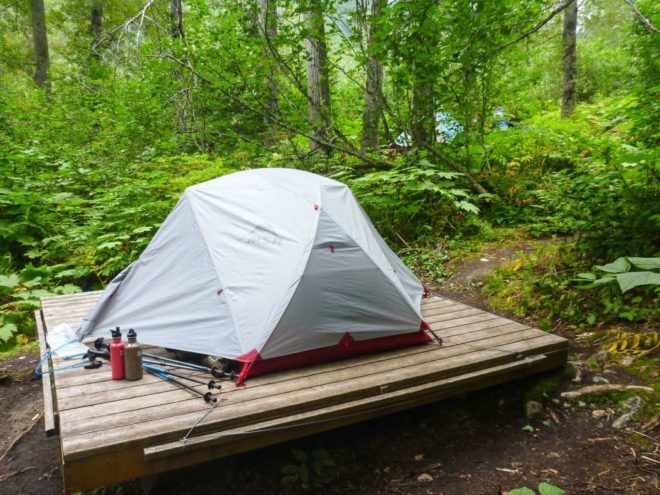
General Tips, Tricks, and Information:
Before you go:
- some campgrounds can book up quickly. Unless you are flexible on your dates, be sure to contact Parks Canada to book your sites and obtain your permits early. Reservations for the 2019 hiking season are being accepted as of November 20, 2018.
- you are required to present your passport when you pick up your permits at the trail office (as you will cross the US/Canada border during the hike). Be sure to have this with you (and any other documents you may need, depending on nationality). You will also need your passport if returning to Skagway by train following the hike, so don’t forget to pack it.
- if taking the train at the end of the hike – you will need to pick up your tickets at the train station in Skagway prior to heading out on the trail, again don’t forget to pack this before leaving.
- check/test all your gear before heading out. There are no services on the trail. And 10 miles deep into the backcountry is not a good time to realize your tent has a hole or your campstove is broken.
On the Trail:
- be sure to review and follow the Bear-Aware and Leave No Trace rules
- campfires are not permitted at any point on the Chilkoot Trail and camping is allowed only in designated campgrounds
- most campgrounds have wooden tent platforms, bring a length of rope (or several shorter lengths of rope) to tie your tent to the wooden rails/eye hooks (see photo above for an example of how they work).
- water sources are plentiful on the trail and bottles/bladders can be refilled regularly. It is recommended to treat all water on the trail. We used the Pristine Water Treatment system, which I found easy and relatively quick. Other options are tablets, boiling, or to filter. If boiling, be sure to bring extra fuel. Since hiking the Chilkoot, we’ve started using the Sawyer Mini Filter system on backcountry trips and find it even easier and more convenient. The Sawyer One-Gallon system is great for larger groups.
Packing:
- weather conditions can change quickly on the Chilkoot Trail. Be prepared for anything. Snow can persist at higher elevations into late summer. In bad weather, hypothermia is a risk. Pack warm layers and rain gear.
- pack everything in dry bags. And I mean E-V-E-R-Y-T-H-I-N-G. Despite rain covers, all of the gear in our packs got wet the day we hiked the pass due to driving wind and rain. Another trick is lining your pack with a garbage bag to keep things dry, though I’m not sure how this would hold up over 3-5 days of unpacking/repacking your bag. I like the MEC Nano 3D Dry Bags.
- You cannot fly with campstove fuel or bear spray (even in your checked bag). You can find these in Skagway at either of the outfitters mentioned above; or check with your accommodation – sometimes hikers leave behind unused items to be passed on to someone else. **But double-check that they are, in fact, unused (in the case that you do need to use your bear spray, that is not the time to find out the canister is empty).
- packing all your food, toiletries, and anything else with a scent in one bag makes it easy to organize once you get to camp. All of these items should be stored in the bear lockers or hung from a bear pole.
- the trails around some of the campgrounds can get muddy and slick. If you plan to wear camp shoes at the end of the day, I recommend something that is secure on your foot and allows you to wear socks, like a sport sandal (like Tevas or Chacos) or a lightweight shoe.
- pack extra socks. It is very likely that your feet will get wet at some point on the trail.
- take toilet paper. TP is provided in outhouses on the U.S. side, though is not always stocked. It’s up to you to provide your own TP on the Canadian side.
- try to keep your pack as light as possible, while ensuring you have all essential items. Our packs were around 35-45 pounds each, with all food and gear (2 people, 5 days). There were some items we didn’t use (sunscreen, bug spray, the majority of the first aid kit), though I wouldn’t recommend leaving any of this behind (you may need it, depending on weather). We could have saved weight by investing in high-tech sleeping bags, etc. but unless you’re a super minimalist backpacker, expect to carry at least 30 pounds per person.
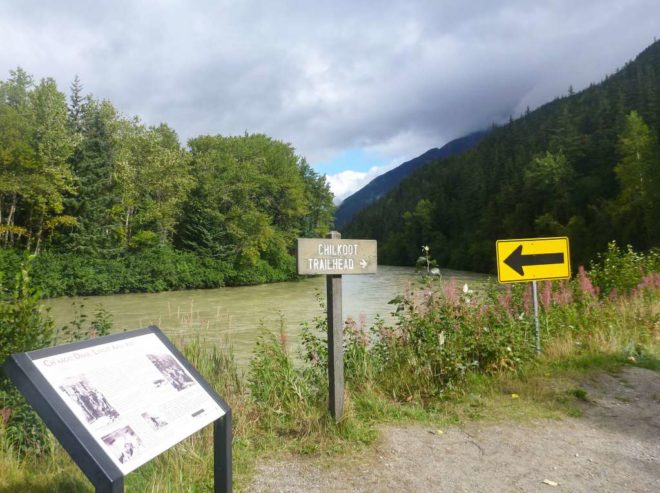
The Chilkoot Trail is a spectacular and challenging hike. To make your experience as enjoyable as possible, do some research and come prepared.
Happy trails!
If you’d like to read about my personal experience on the trail, you can find my day-by-day account here:
Beauty and Bear Scat – Day 1 on the Chilkoot Trail
Is Crying Allowed? – Day 2 on the Chilkoot Trail
Facing My Fears – Day 3 on the Chilkoot Trail

